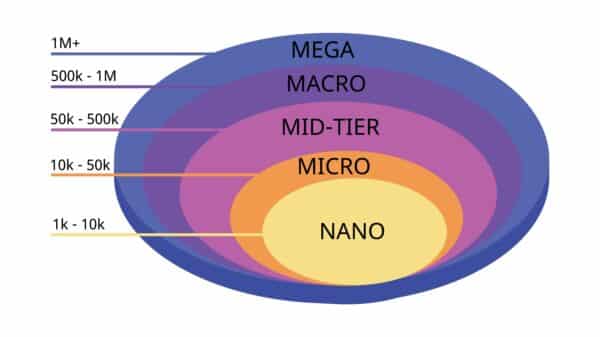Google has officially initiated the process of discontinuing the use of third-party cookies. On January 4, 2024, a novel feature known as Tracking Protection, which inherently restricts the operation of third-party cookies, has been introduced to a 1% subset of Chrome users worldwide.
There are certain potential challenges to be vigilant about. If your website heavily relies on third-party cookies, and the implementation of Tracking Protection results in complications (such as multiple page refreshes), Chrome will offer a prompt to temporarily re-enable these cookies. Users can conveniently achieve this by clicking the eye icon situated on the right side of the address bar.
But what exactly are these third-party cookies? In essence, a third-party cookie is a small piece of data discreetly deposited onto a user’s device – be it a computer, cellphone, or tablet. These cookies originate from websites distinct from the one currently being visited by the user. Their primary function is to monitor the user’s browsing history, thus facilitating the delivery of personalized advertisements based on the user’s online activities.
Now, the pertinent question arises – why is this happening now? Google has embarked on this journey of phasing out third-party cookies, and this endeavor is considered pivotal within its overarching Privacy Sandbox initiative. It is important to note that the ultimate decision regarding the timeline hinges upon the resolution of competition-related concerns expressed by the UK’s Competition and Markets Authority.















